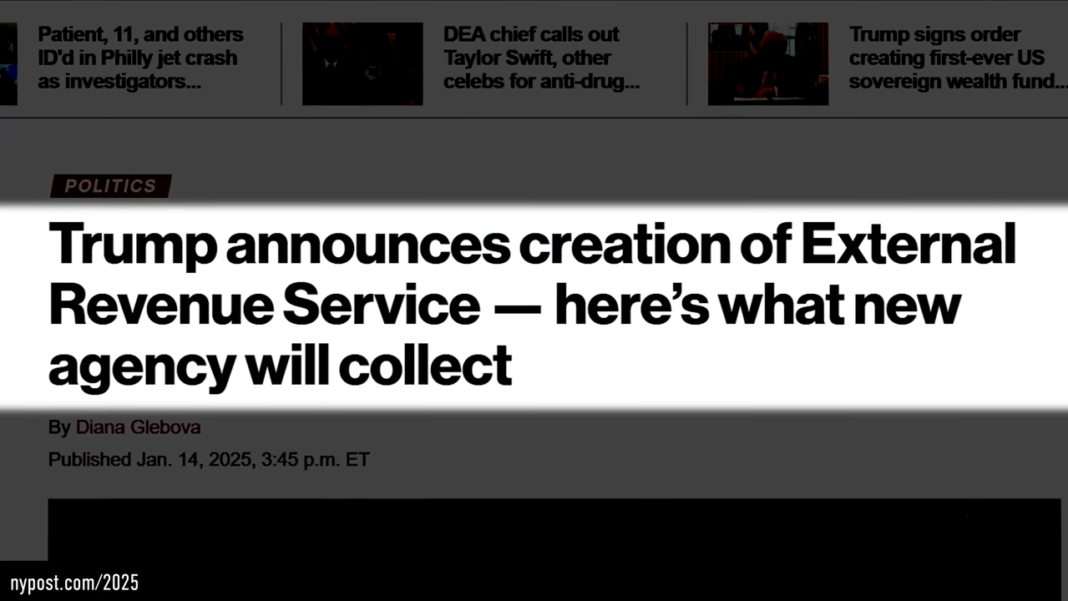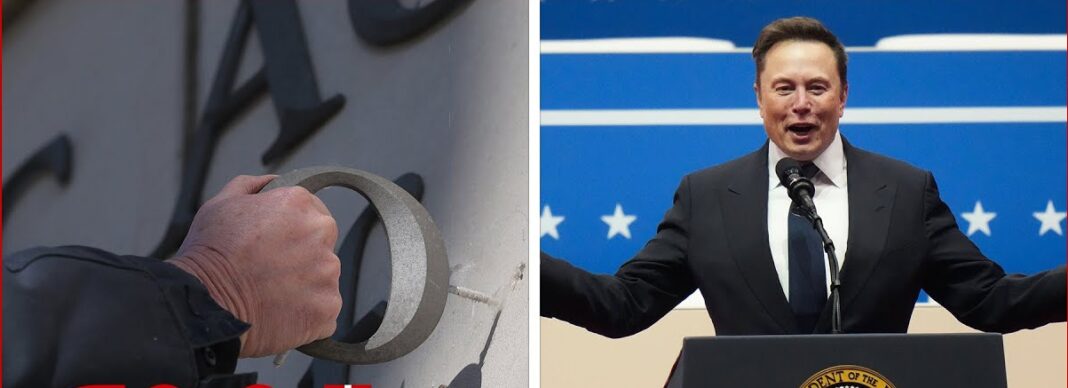A Radical Shift in U.S. Taxation?
President Trump has proposed eliminating income tax and replacing it with tariffs on imported goods. This potential shift has sparked intense debate among economists, policymakers, and the public. The Fair Tax Act of 2025, currently under discussion, aims to eliminate the IRS and restructure revenue collection. But is this approach viable?
How the U.S. Tax System Currently Works
The government collects taxes through various channels:
- Income Tax: Paid by workers on their salaries.
- FICA Taxes: Social Security and Medicare contributions.
- Capital Gains Tax: Imposed on investment profits.
- Corporate Tax: Levied on business earnings.
- Property Tax: Paid annually by homeowners.
- Estate Tax: Applied to large inheritances.
- Sales Tax: Added to consumer purchases.
- Sin Tax: Targeting products like cigarettes and alcohol.
- Tariffs: Duties imposed on imported goods.
Replacing income taxes with tariffs would require significant restructuring of the economy and trade policies.
The Tariff Challenge: Can It Replace Income Tax?
The IRS collected about $5.1 trillion in income taxes in 2024. To match this, tariffs would need to generate equivalent revenue. However, in 2022, tariffs only brought in around $111 billion from $3.5 trillion worth of imports. Achieving $4.5 trillion through tariffs would require a 130% tax on all imports, which seems impractical.
Economic Implications: Inflation, Trade, and Jobs
Increasing tariffs would raise import costs, leading to higher consumer prices. If businesses pass these costs onto customers, inflation could rise. The move might also encourage domestic production, but global trade relations could suffer.
A tariff-based system could disproportionately impact lower-income households that rely on affordable imported goods. It could also provoke retaliatory tariffs from other nations, affecting American exports and economic growth.
Historical Insights: Do Tariffs Always Raise Prices?
The effect of tariffs on prices remains debated. In 2018, the U.S. imposed a 25% tariff on steel imports. Prices initially rose but later stabilized. Some economists argue that businesses absorbed the costs, while others claim global market factors influenced price fluctuations.
What’s Next for U.S. Tax Policy?
The proposal raises critical questions:
- Can tariffs generate enough revenue to replace income taxes?
- Will businesses absorb costs, or will prices skyrocket?
- How will trade partners respond to higher U.S. tariffs?
- Could a hybrid tax model emerge, balancing tariffs and reduced income taxes?
Policymakers must weigh the economic and political consequences before implementing such a drastic shift.
Conclusion: A Complex Road Ahead
While eliminating income tax appeals to many, replacing it with tariffs presents major challenges. The economic impact, global trade consequences, and inflation risks make it a highly uncertain path. A hybrid system might be more practical, combining lower income taxes with strategic tariffs. However, further research and policymaking will be necessary to determine the best approach.
Disclaimer:
This article is for informational purposes only. It does not constitute financial, tax, or legal advice. Readers should consult professionals for personalized guidance.
Emma Novak is a wealth management specialist focused on sustainable investing. Her work has been featured in Forbes, Bloomberg, and other leading financial outlets.




